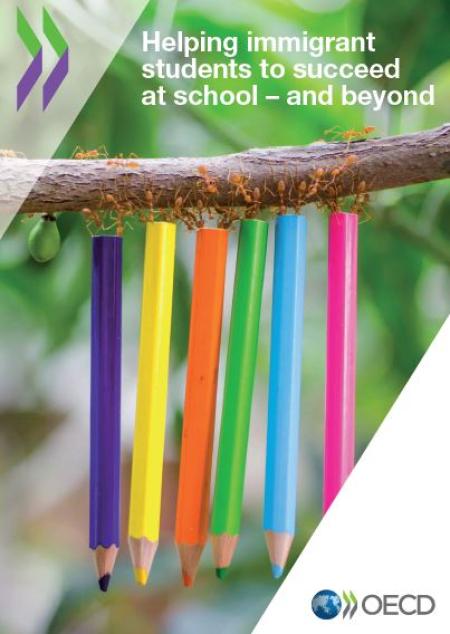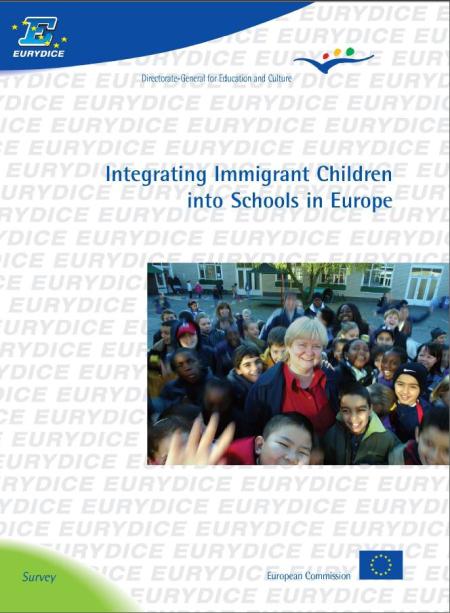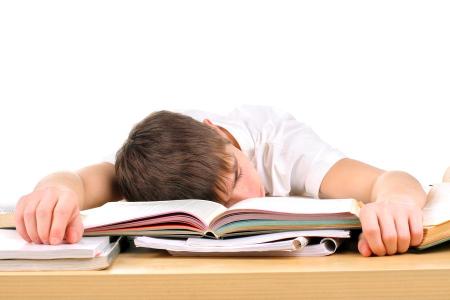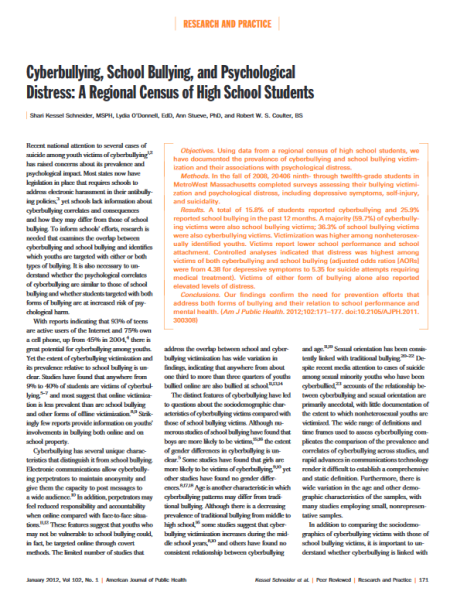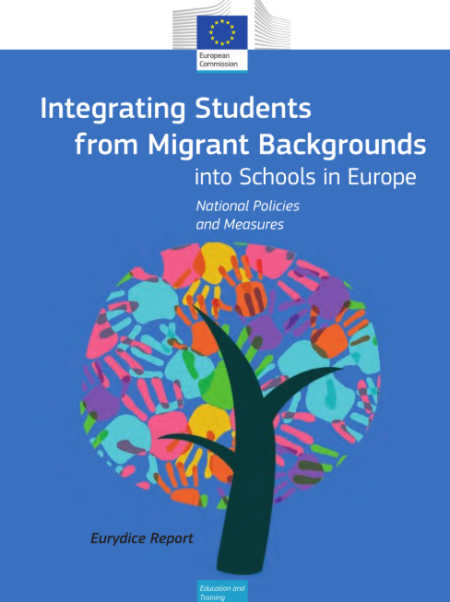
In the wake of the refugee crisis, growing debates on how to integrate migrants into host countries are surfacing. Education is undoubtedly one of the most critical venues where the discussion is situated.
A report from the Organisation for Economic Co-operation and Development (OECD) shows a general trend that students with immigrant backgrounds have lower academic achievement compared to native-born students across many countries. Students with immigrant backgrounds tend to fare better in countries with selective skilled immigration policies as their pre-migration education and culture has a tremendous impact on learning achievement.
However, the data indicate that immigrant student performance is even more strongly linked to the host country’s educational system. Some host countries fare better than others at integrating immigrant students with diverse cultural backgrounds. Countries such as Canada, Australia, and Singapore have been known to be successful in targeting the needs of students with immigrant backgrounds, providing an environment where they could thrive, even to the point that second-generation immigrants exceed the performance of their non-immigrant peers.
What hinders student achievement?
Refuting the populist anti-immigrant rhetoric, the Programme for International Student Assessment (PISA) reveals that, on average, the concentration of immigrant students does not weaken student performance at school. Overall, student performance is more strongly connected with the concentration of students with socio-economic disadvantages. Students with immigrant backgrounds are overrepresented within the lower socio-economic strata, leading to biased presumptions.
What can countries do to help immigrant students succeed at school?
While school segregation is a complex issue, policymakers could limit the extent to which schools could select students based on socio-economic status. The government may provide financial incentives for over-subscribed school to enrol students with immigrant backgrounds. A specific strategy is required to retain more advantaged students in schools that have disproportionately immigrant student population. Schools could offer unique academic programmes that appeal to students from higher socio-economic status such as tailored science, music, or sports programmes.
The report suggests that early streaming of students tends to increase inequalities in the school system. Ability grouping has negative consequences for students, especially those with immigrant backgrounds and low educated parents. Germany is among the countries with a strong tradition of early tracking into secondary schools with differentiated curricula, and this seems to hinder the social mobility of students coming from a lower socio-economic background.
Countries whose second-generation immigrants are closing the achievement gap with their non-immigrant peers tend to have better language support policies. The key is how teacher training programs equip teachers with the skill to identify students who need language support. Policies on mother tongue language support are also linked with improved new language acquisition and better academic performance. The performance gap is wider in Reading than Mathematics or Problem Solving, indicating that language barriers may be critical in explaining the differences.
One main takeaway from the report is to focus on improving immigrant children enrolment in pre-primary education. Studies have shown that early childhood education is crucial to equalize student’s cultural capital across different socio-economic backgrounds. The government could reach out to immigrant parents and accommodate programmes to the needs of their children, particularly by offering tailored language-development activities.
While the report suggests some general policy recommendations to close the achievement gap, it does not address how the policies may or may not work in different cultural contexts across countries. This question, however, remains a heated debate amongst many researchers and policymakers.


